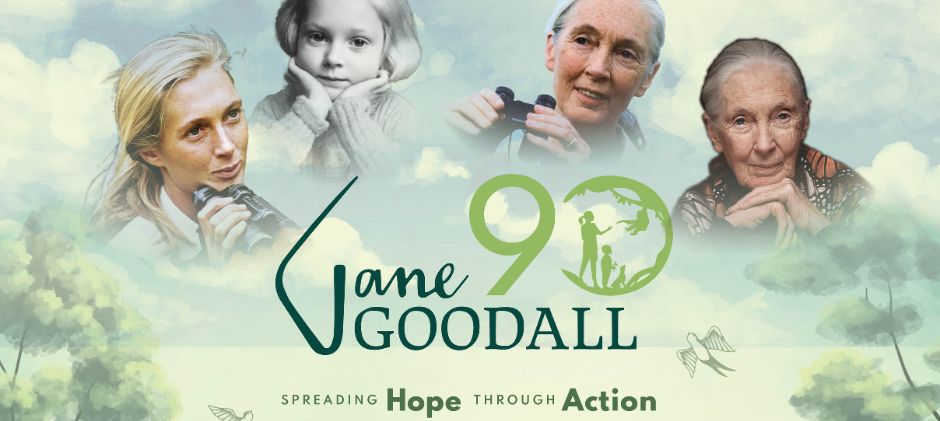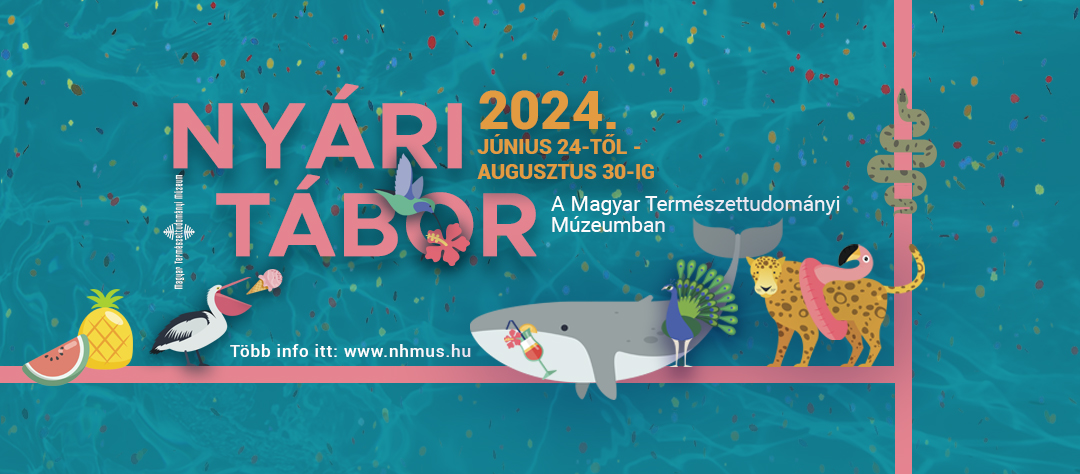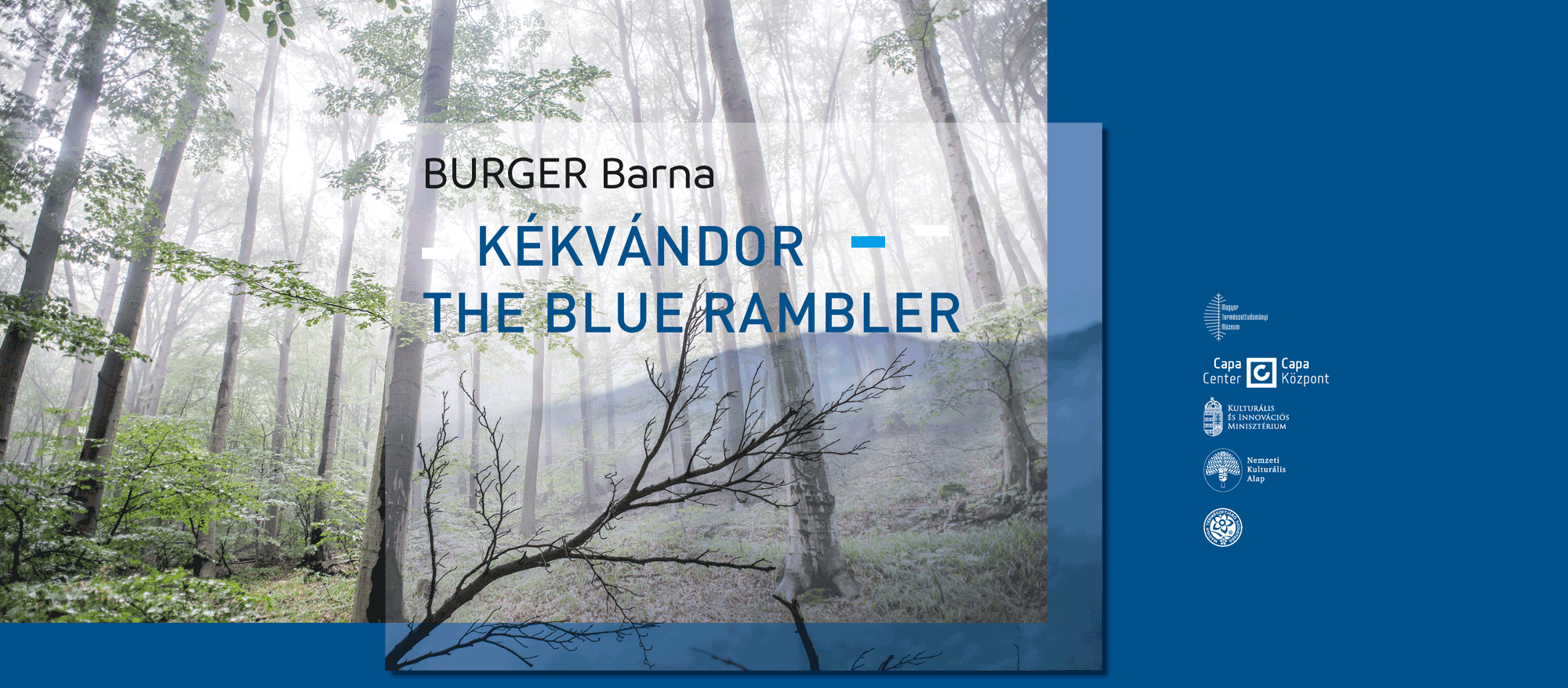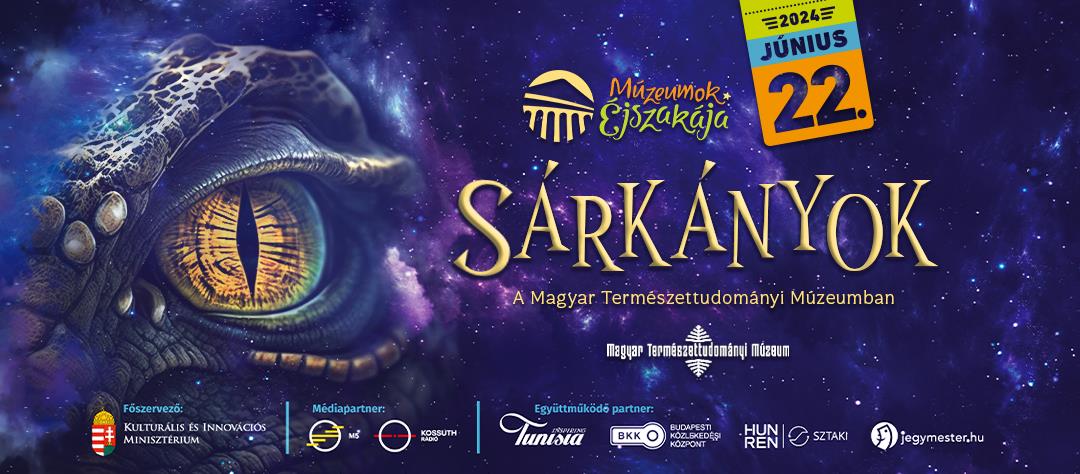Paleobotanika, kainozoikumi (harmadidőszak) és kréta flórák rendszertani, paleoökológiai és paleoklíma kutatása
A Kárpát-medence paleogén flóráinak rendszertani, paleoökológiai és paleoklíma kutatása
Pálmák és cikászok fosszíliáinak rendszertani vizsgálata
1997: Senckenberg Múzeum, Frankfurt, Németország, DAAD, 5 hónap
2000: Tübingeni Egyetem, Senckenberg Múzeum, Frankfurt, Németország, DAAD, 2 hónap
2000-2002: Izmir, Ankara, Törökország, MTA együttműködés, 3 hónap
2010: Floridai Természettudományi Múzeum, Gainesville, Florida, USA, Fulbright, 4 hónap
2012: Steinmann Intézet, Bonn, Németország, DAAD, 3 hónap
2013/2014: Montgomery Botanikus kert, Miami, Florida, USA, HAESF, 12 hónap
Paleobotanika kurzus, AGH (University of Science and Technology), Krakkó, Lengyelország, 2017
Paleobotanikai kutatások, előadások, ELTE, 2013-2016
2003: "A Föld nagy élőhelyei a múltban, a jelenben és a jövőben" állandó kiállitás, forgatókönyv írása, Magyar Természettudományi Múzeum
2020: „A hónap műtárgya” időszakos kiállítás
Múzeumi (MTM) gyerek táborok, 2020
ERDEI B. 2020: Vénséges ifjak. – Élet és Tudomány 44: 1385–1387.
ERDEI B. 2020: Hottentották kenyere és társaik. – Élet és Tudomány 35:1097–1099.
ERDEI B. 2020: Ásatag virányok Hegyaljáról. – Élet és Tudomány 3:80–81.
ERDEI B. 2019: Trópusi erdők archívuma: a paleobotanikai gyűjtemény. Dulai A. (szerk.): Eocén élővilág a Kárpát-medencében. Magyar Természettudományi Múzeum. Budapest. 86–91.
ERDEI B. 2019: Mangrove mocsarak és társaik: eocén növénymaradványok. Dulai A. (szerk): Eocén élővilág a Kárpát-medencében. Magyar Természettudományi Múzeum. Budapest. 133–144.
ERDEI B. & Dulai A. 2019: A gyűjtemény színe-java: eocén típusok. Dulai A. (szerk.): Eocén élővilág a Kárpát-medencében. Magyar Természettudományi Múzeum. Budapest. 98–104.
ERDEI B. 2016: Everglades, a mocsáróriás 1.-2 – Élet és Tudomány 71:(21,22).
ERDEI B. 2014: A cikászok különös világa 1.-2. – Élet és Tudomány, 69 (4sz.,5sz.).
https://m2.mtmt.hu/gui2/?type=authors&mode=browse&sel=10010431&view=simpleList
https://www.researchgate.net/profile/Boglarka_Erdei/publications
ERDEI B. & HABLY L. 2020: Fossil Gordonia (s.l.)–like (Theaceae) winged seeds from the early Miocene of the Mecsek Mts, W Hungary. – Palaeobiodiversity and Palaeoenvironments, Special Issue, in press.
ERDEI, B. & WILDE, V. 2020. The Eocene flora of Tatabánya “marl-mine”(N Hungary). – Palaeobiodiversity and Palaeoenvironments 100(3):1–17.
ERDEI B., COIRO M., MILLER I., JOHNSON K. R., GRIFFITH M. P. & MURPHY, V. 2019: First cycad seedling foliage from the fossil record and inferences for the Cenozoic evolution of cycads. – Biology letters 15(7), 20190114.
ERDEI B., CALONJE M., HENDY A. & ESPINOZA N. 2018: A review of the Cenozoic fossil record of the genus Zamia L. (Zamiaceae, Cycadales) – evolution and biogeographic inferences. – Bulletin of Geosciences 93(2):185–204.
HENROT A., UTESCHER T., ERDEI B., DURY M., HAMON N., RAMSTEIN G., KRAPP M., HEROLD N., GOLDNER A., FAVRE E., MUNHOVEN G. & FRANÇOIS L. 2017: Middle Miocene climate and vegetation models and their validation with proxy data. – Palaeogeography, Palaeoclimatology, Palaeoecology 467:95–119.
ERDEI B. & MANCHESTER S. 2015: Ctenis clarnoensis sp. n., an unusual cycadalean foliage from the Eocene Clarno Formation, Oregon. – International Journal of Plant Sciences 176(1):31–43.
ERDEI B., MANCHESTER S. & KVAČEK Z. 2012: Dioonopsis Horiuchi et Kimura leaves from the Eocene of western North America—a cycad shared with the Paleogene of Japan. – International Journal of Plant Sciences 173(1):81–95.
ERDEI B., AKGÜN F, BARONE LUMAGA M.R. 2010: Pseudodioon akyoli nov. gen. et sp., an extinct member of Cycadales from the Turkish Miocene. – Plant Systematics and Evolution 285:33–49.
ERDEI B., DOLEZYCH M. & HABLY L. 2009. The buried Miocene forest at Bükkábrány. Review of Palaeobotany and Palynology, 155:69–79.
ERDEI B., HABLY L., KÁZMÉR M., UTESCHER T. & BRUCH A. 2007: Neogene flora and vegetation development of the Pannonian domain in relation to palaeoclimate and palaeogeography. – Palaeogeography, Palaeoclimatology, Palaeoecology, 253:115–140.



